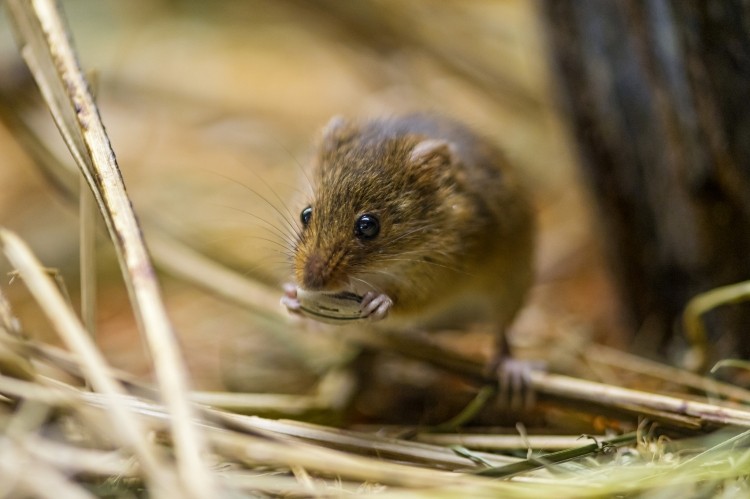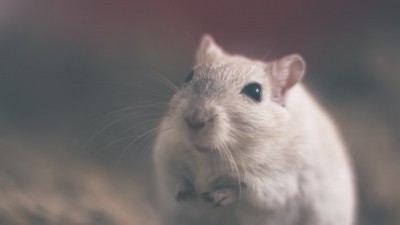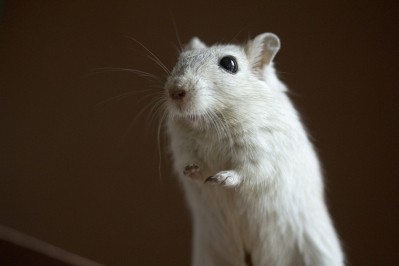Breed lab mice with wild for better neuro research say scientists

Researchers have “backcrossed” lab mice with their wild cousins to create a potentially better model for neuropsychiatry trials.
Mice models for lab work have been inbred over many generations to help us understand how their gene functions relate to diseases, and to make experiments more consistent and reproducible.
Domestication has deliberately altered mice’s social and reproductive traits to discourage biting, frightened responses, and to overcome an aversion to breeding with close relatives.
Female aggression gene
In the paper published in Nature Communications, scientists from Israeli and US universities found backcrossing the two types of mouse unmasked gene functions invisible in lab mice, especially females. Behavioural responses such as spontaneous jumping and reactions to intruders returned to the wild-backcrossed mice.
The researchers honed in on the function of the TrpC2 (transient receptor potential cation channel, subfamily C, member 2) gene in female social and reproductive behaviours, finding it activated female aggression to others’ young. This behavioural phenotype is absent in TrpC2-mutant laboratory females.
The authors said the new model will give access to “a rich resource of ecologically relevant behavioural traits that were profoundly altered or even lost in all classical laboratory (domesticated) mouse strains.” Specifically, it could yields insights into “the basic mechanisms underlying social and reproductive responses and related human disorders.”
There is “cause for concern,” they said, over the validity of standard mice models, with their inhibited social responses, in studying the neurology underlying both normal and abnormal social behaviours – for example in neuropsychiatric diseases.
Source: Chalfin, L. et al., Mapping ecologically relevant social behaviours by gene knockout in wild mice, Nature Communications 5:4569
Doi: 10.1038/ncomms5569

















